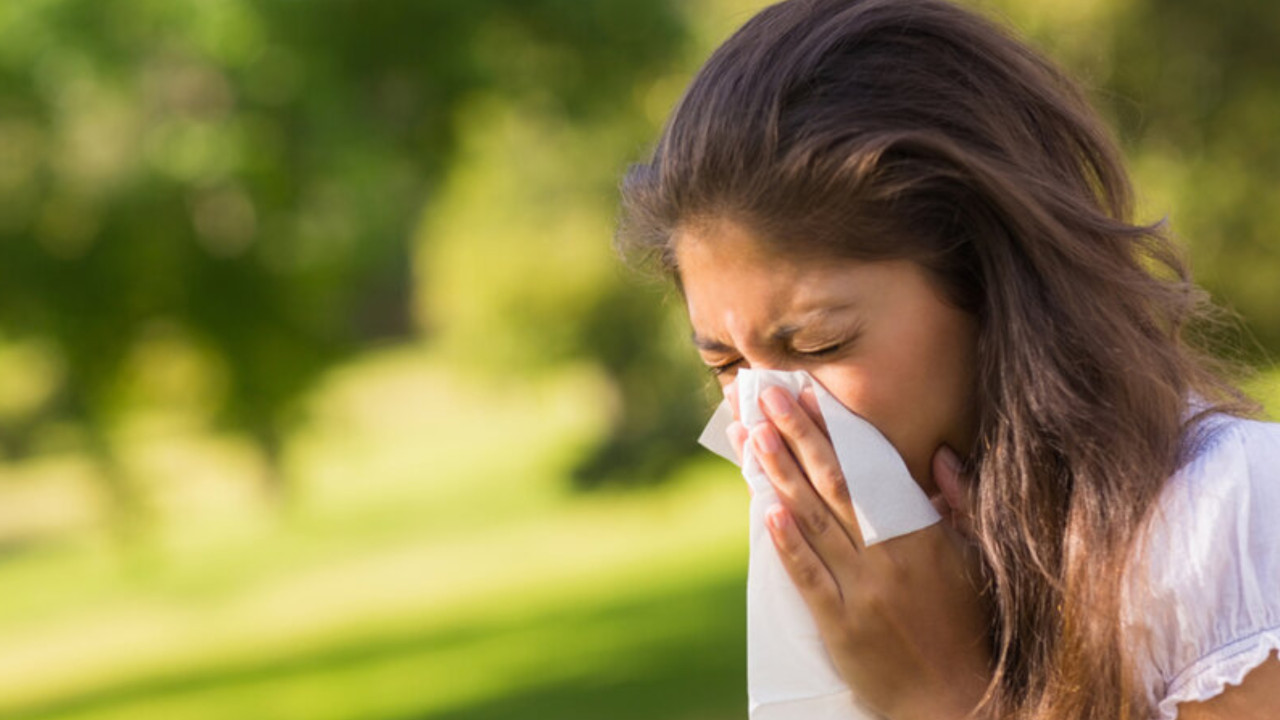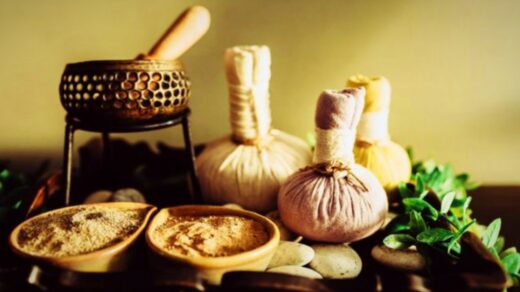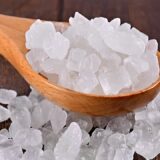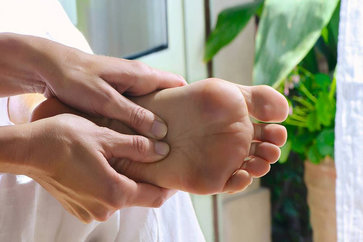Top Ayurvedic Treatments for Allergy Relief: Finding What Works
Ayurveda, the ancient Indian science of life, offers valuable strategies for those suffering from seasonal allergies who wish to address the root causes of their symptoms. The key lies in the interplay between the digestive system and the immune system. When digestion and metabolic processes are in harmony with detoxification, the body can effectively eliminate toxins that might otherwise obstruct the channels and trigger various allergic reactions.
In a healthy system, inhaled pollen and dust are trapped by the mucosal lining of the respiratory tract and are either expelled forcefully through the mouth or nostrils or broken down internally. When this mucosal barrier is compromised, the body responds by increasing mucus production to aid in the expulsion of allergens. This process often leads to common allergy symptoms, making even simple tasks like breathing difficult.
Contents show
Ayurveda offers several approaches to managing these issues, ranging from pacification therapies to comprehensive detoxification and purification.
While detoxification can take several weeks to months, depending on the dosha imbalances, it is highly recommended for those seeking long-term relief from allergy symptoms.
Allergies Treatment in Ayurveda
In Ayurveda, allergies are understood as imbalances in the body’s doshas (Vata, Pitta, and Kapha) that lead to an overreaction of the immune system to certain substances.
These imbalances can cause various symptoms depending on the dosha primarily affected. Ayurvedic treatment for allergies focuses on restoring balance to the affected doshas, improving digestion, and strengthening the immune system.
General Ayurvedic Approach to Allergies
Identify the Dosha Imbalance:
- Vata Imbalance: Allergies caused by Vata imbalances often present with dryness, irregularity, and symptoms such as dry cough, wheezing, and digestive disturbances.
- Pitta Imbalance: Pitta-related allergies tend to manifest as inflammation, heat, and skin issues like rashes, eczema, and redness.
- Kapha Imbalance: Kapha allergies are characterized by heaviness, congestion, mucus production, and symptoms such as cough, cold, and sinus infections.
Dietary Adjustments:
- Vata: Avoid dry, cold, and rough foods. Favor warm, moist, and oily foods to balance Vata. Include spices like ginger and cumin to aid digestion.
- Pitta: Avoid hot, spicy, and acidic foods. Opt for cooling foods and drinks like cucumber, coconut water, and leafy greens. Incorporate soothing spices like fennel and mint.
- Kapha: Reduce sweet, sour, and salty foods. Favor light, warm, and dry foods, and use stimulating spices like black pepper, ginger, and turmeric.
Lifestyle Modifications:
- Vata: Maintain a regular routine, keep warm, and manage stress. Engage in calming practices like meditation and gentle yoga.
- Pitta: Stay cool and avoid overheating. Practice stress management techniques and choose cooling activities.
- Kapha: Stay active, avoid damp and cold environments, and incorporate vigorous exercise and stimulating activities.
Digestive Health:
Improve digestion (Agni) with appropriate herbs and spices. Good digestion helps prevent the accumulation of toxins (Ama), which can contribute to allergies.
- Vata: Use digestive spices such as fennel and ginger.
- Pitta: Use cooling herbs like coriander and mint.
- Kapha: Use stimulating spices like black pepper and ginger.
Detoxification:
- Regular detoxification (Panchakarma) can help clear accumulated toxins from the body and restore balance. Techniques may include herbal enemas, purgation, and oil massages.
Herbal Remedies:
Vata: Herbs like Ashwagandha, Licorice, and Triphala can help balance Vata and support the immune system.
- Pitta: Herbs like Neem, Aloe Vera, and Brahmi can help cool and soothe Pitta.
- Kapha: Herbs like Tulsi, Guggulu, and Trikatu can help reduce Kapha and clear excess mucus.
Managing Seasonal Allergies
Vata Season (Fall and Early Winter):
- Focus on warmth and moisture. Use warming herbs and spices, and avoid cold and dry environments.
Pitta Season (Late Summer and Early Fall):
- Focus on cooling and soothing practices. Use cooling herbs and avoid excessive heat and direct sun exposure.
Kapha Season (Spring and Early Summer):
- Focus on lightness and stimulation. Use stimulating herbs and spices and avoid damp and heavy environments.
Ayurvedic Allergy Treatment for Vata
Ayurvedic Allergy Treatment for Pitta
Ayurvedic medicine has also found that removing allergens from your body will help to relieve the symptoms associated with chronic fatigue syndrome.
Q&A The Best Ayurvedic Treatments for Allergies
Q1: What is Ayurveda and how does it relate to allergy treatment?
A1: Ayurveda is an ancient Indian system of medicine that emphasizes balance among the body’s three doshas (Vata, Pitta, and Kapha) to maintain health and prevent disease. For allergies, Ayurveda focuses on restoring balance to the doshas, improving digestion, and removing toxins from the body to alleviate symptoms and address the root causes of allergic reactions.
Q2: How does Ayurveda approach the treatment of seasonal allergies?
A2: Ayurveda treats seasonal allergies by balancing the doshas that are aggravated by seasonal changes. For example, during spring, when Kapha is typically aggravated, Ayurvedic treatments focus on reducing excess moisture and congestion through diet, herbs, and detoxification therapies. This approach helps manage symptoms such as congestion and mucus production.
Q3: What are some common Ayurvedic remedies for managing allergies?
A3: Common Ayurvedic remedies for allergies include:
- Nasya (Nasal Administration): Using medicated oils or powders to cleanse the nasal passages and reduce congestion.
- Herbal Teas: Consuming teas made from ginger, tulsi (holy basil), and licorice to support respiratory health and reduce inflammation.
- Detoxification: Undergoing Panchakarma, a series of detoxification therapies like Vamana (therapeutic vomiting) and Virechana (purgation), to eliminate toxins from the body.
- Dietary Adjustments: Eating foods that balance the doshas and support digestion, such as warm, cooked meals and spices like turmeric and black pepper.
Q4: How does Panchakarma help in treating allergies?
A4: Panchakarma is a comprehensive Ayurvedic detoxification process that involves five key procedures to cleanse the body of toxins and restore dosha balance. These procedures include:
- Vamana (Therapeutic Vomiting): Helps expel toxins from the upper digestive and respiratory tracts.
- Virechana (Purgation): Cleanses the lower digestive tract to remove accumulated toxins.
- Basti (Enema Therapy): Cleanses the colon and balances doshas.
- Raktamokshana (Bloodletting): Purifies the blood and removes toxins.
- Nasya (Nasal Administration): Clears toxins from the nasal passages and respiratory system.
These therapies help address the root causes of allergies by eliminating toxins and improving overall health.
Q5: Are there specific Ayurvedic herbs that are particularly effective for allergies?
A5: Yes, several Ayurvedic herbs are known for their effectiveness in managing allergies, including:
- Tulsi (Holy Basil): Known for its anti-inflammatory and immune-boosting properties.
- Ginger: Helps reduce inflammation and supports respiratory health.
- Licorice Root: Soothes the respiratory tract and reduces allergic reactions.
- Neem: Has detoxifying properties and helps cleanse the body of allergens.
These herbs can be used in teas, supplements, or as part of a comprehensive treatment plan.
Q6: Can Ayurvedic treatments be used alongside conventional allergy medications?
A6: Yes, Ayurvedic treatments can often be used alongside conventional allergy medications. However, it’s important to consult with both an Ayurvedic practitioner and your healthcare provider to ensure that treatments are compatible and to avoid any potential interactions. Integrating Ayurvedic remedies can complement conventional treatments and support overall well-being.
Q7: How long does it typically take to see results from Ayurvedic treatments for allergies?
A7: The time to see results from Ayurvedic treatments can vary depending on the individual and the severity of the allergies. While some people may experience relief within a few weeks, comprehensive detoxification and balancing therapies like Panchakarma may take several months for significant improvements. Consistency with treatments and lifestyle adjustments is key to achieving lasting results.
The Ayurveda approaches to the root causes of various allergies—whether respiratory, digestive, skin-related, or autoimmune—by using medicated fats, such as ghee, to bind and eliminate toxins from the body.

























